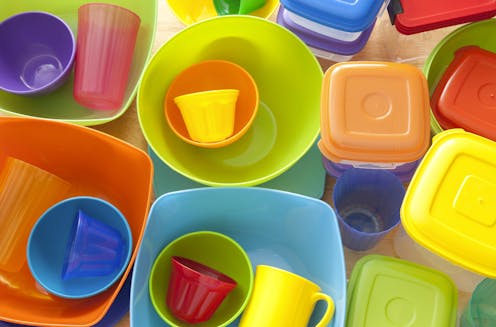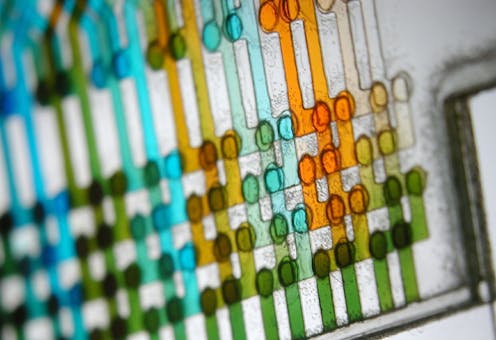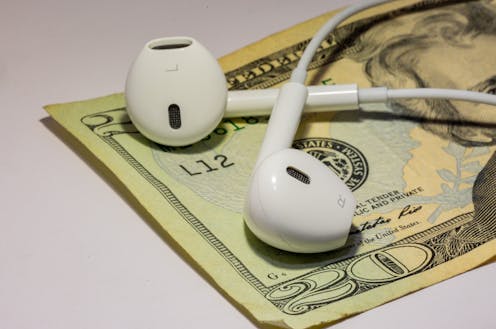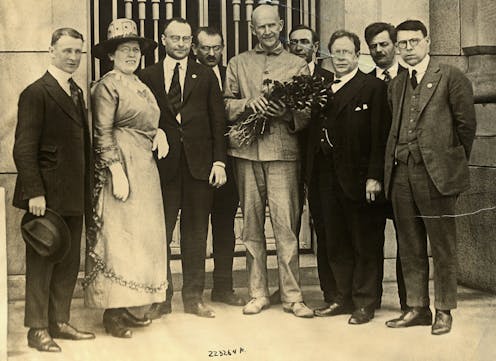Using captured CO₂ in everyday products could help fight climate change, but will consumers want them?
- Written by Lucca Henrion, Research Fellow at the Global CO2 Initiative, University of Michigan
 Consumer decisions could play a critical role in dealing with climate change. A study gauging perceptions was published May 13, 2021. FotographiaBasica via Getty Images
Consumer decisions could play a critical role in dealing with climate change. A study gauging perceptions was published May 13, 2021. FotographiaBasica via Getty ImagesWould you drink carbonated beverages made with carbon dioxide captured from the smokestack of a factory or power plant?
How would you feel if that captured carbon dioxide were in...









